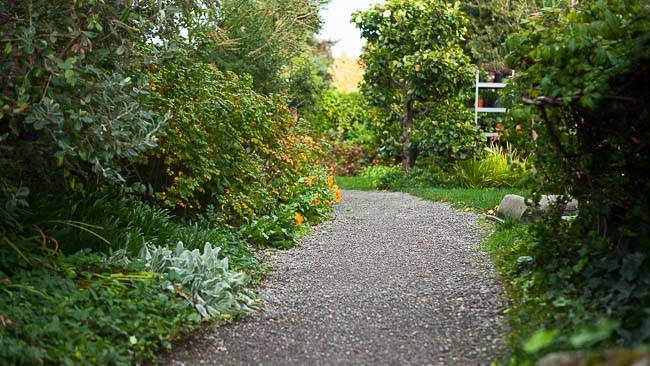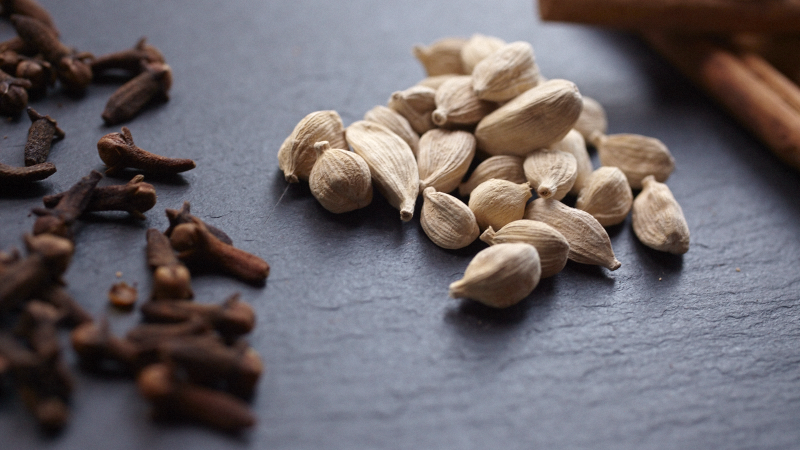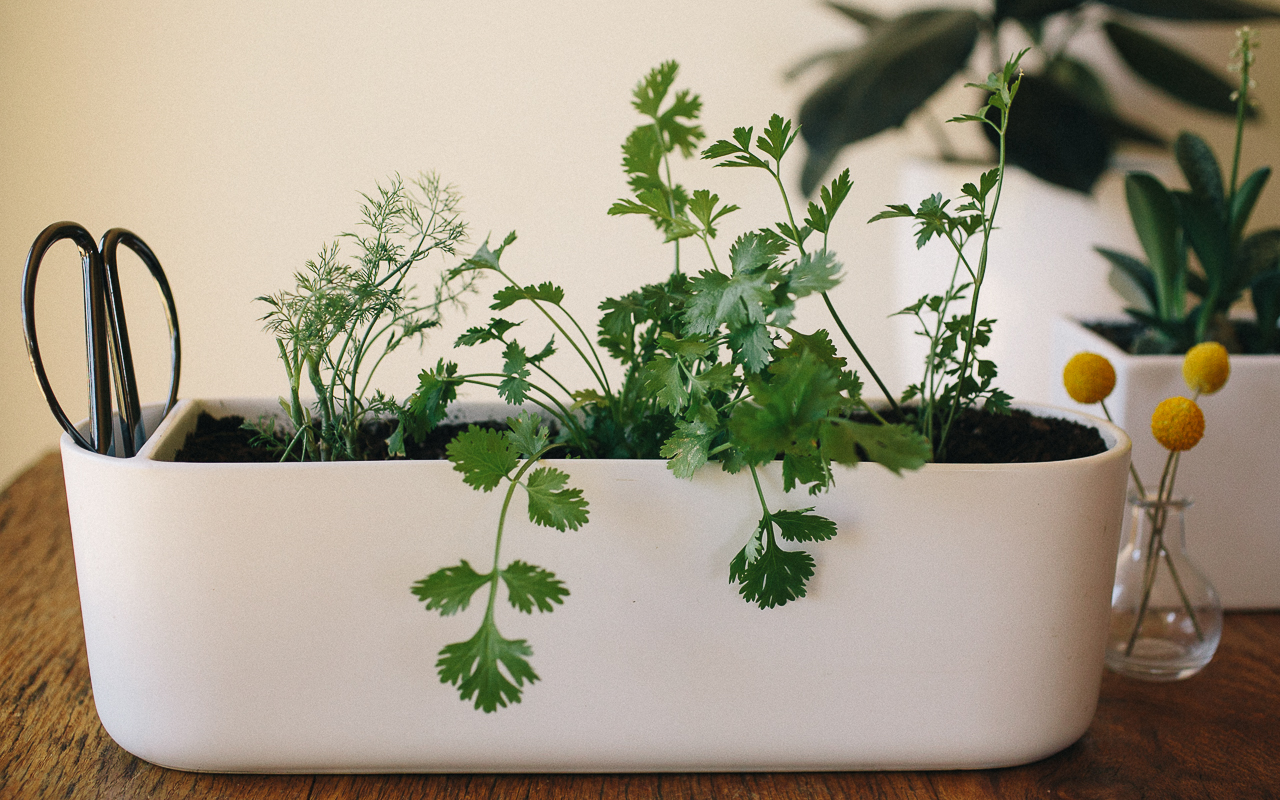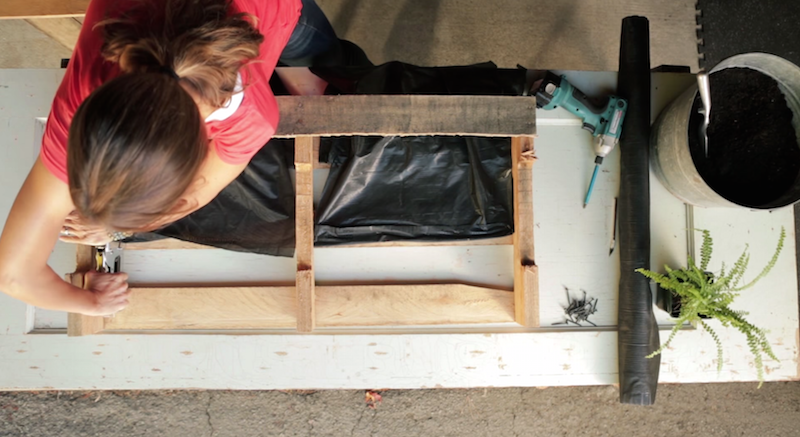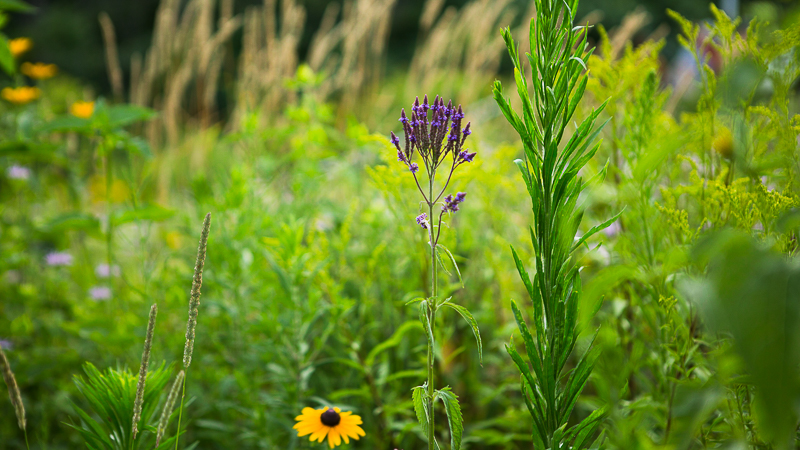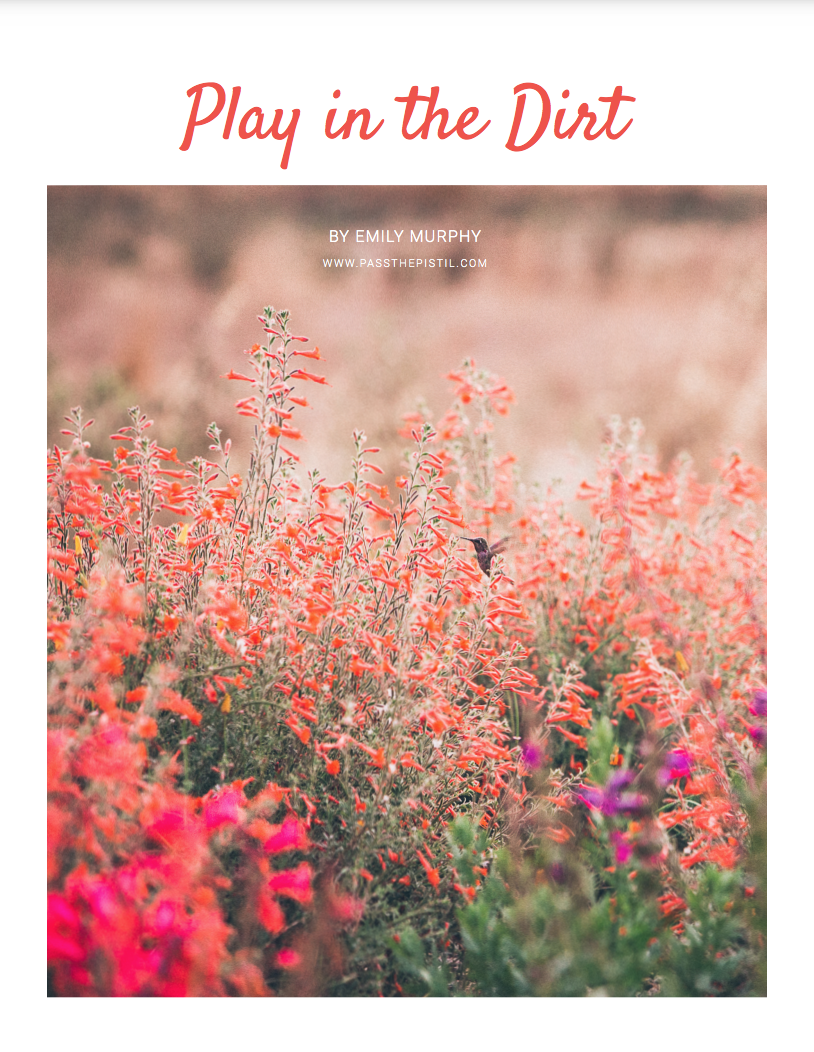How to Care For Amaryllis So It Blooms Again


The trick to caring for amaryllis from one season to the next is to mimic its natural habits in nature. It’s a warm season perennial bulb that doesn’t require a period of cold to bloom.
Growing up in coastal California (USDA hardiness zone 10), I knew Amaryllis as “Naked Ladies” (Amaryllis belladonna). The flowers emerge in late July and August after a period of summer drought has set in. The first to see their tall scapes topped with pink flowers would gleefully yell, “naked ladies!” For there they are, tall elegant stalks of flowers with no leaves.
The leaves come later, after the flowers. It’s the leaves that capture the energy the plant needs to replenish its stores (which are saved in the bulb) to carry it over from one growing season to the next. It’s the same (or close to it) for the amaryllis we grow in winter, except we generally replicate the process for a December bloom period.
To encourage winter blooming and save your bulb(s) to bloom again, follow these basic steps:
- Once your amaryllis is done blooming and the flowers fade, cut back the flowering stalk just above the bulb.
- Continue watering your bulb and place it in a bright, sunny location so leaves flourish and can do the work of re-energizing.
- Let the soil dry out between waterings.
- Take your plant outside during summer once night time temperatures consistently remain above 50 degrees F. Leave your bulb(s) in its pot but be sure it has adequate drainage.
- Fertilize as you would other summer plants.
- Trim back leaves to about 1” to 2” above the bulb when they wither and turn brown.
- Bring your amaryllis back inside in late summer when night time temperatures begin to drop below 50 degrees F.
- If you want flowers for the winter holidays, begin a 10 to 12 week dormancy period around mid-August to October at the latest. Keep your bulb cool (around 55 degrees F) and dry during the dormancy period. Do not water.
- Replant your bulb after the dormancy period. Gently clean up any dead material and plant in a fresh mix of potting soil or place in stones with water. When planting, leave a 1/3 of the bulb showing above the soil line and, if submersing in water, 2/3 or more of the bulb showing above the water line.
- Place in indirect but bright light and water when the soil feels dry.
More articles you will enjoy:
Listen
Buy The Book
Special offers
Newsletter Signup

Archives
Disclosure
Pass The Pistil is a participant in the Amazon Services LLC Associates Program and other affiliate programs such as Etsy, affiliate advertising programs designed to provide a means for sites to earn fees by advertising and linking to curated affiliate sites.

